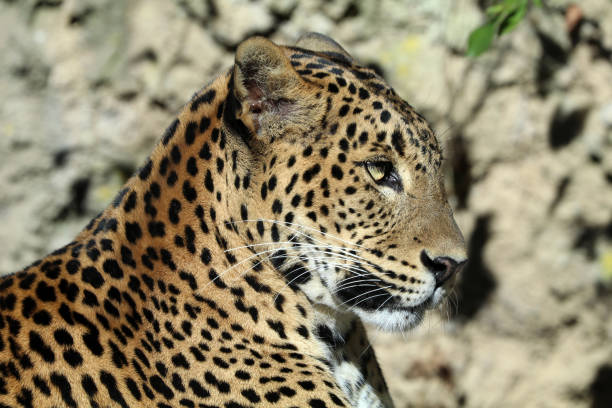Unfolding the Enigma of the Snow Leopard: Majesty of the Mountains
Snow leopards, the majestic creatures of high-altitude realms, are one of the most elusive and enchanting animals. This article delves into the world of these magnificent mountain dwellers, shedding light on their unique characteristics, historical significance, and the latest developments in their conservation.

A Glimpse into the World of Snow Leopards
Snow leopards, known scientifically as Panthera uncia, are a unique species that reign over the cold, rugged terrains of Central and South Asia. These beautiful beasts, cloaked in thick, dappled fur, are built for survival in harsh conditions, making them a symbol of endurance and resilience. Despite their reputation as powerful predators, snow leopards are notably unaggressive towards humans, adding an air of mystery to their character.
Historical Significance and Cultural Impact
Snow leopards have been woven into the tapestry of the cultures they inhabit for centuries. In Tibetan folklore, they are revered as the ‘mountain ghost,’ a symbol of the wilderness and the spiritual world. Similarly, in Mongolian culture, the snow leopard is a totem animal, representing the strength and independence of the nomadic people.
The Silent Threat: Snow Leopard Conservation Status
Despite their revered status, snow leopards face the harsh reality of being an endangered species. As per the International Union for Conservation of Nature (IUCN) Red List, they are listed as “Vulnerable,” with an estimated population of just 4,000 to 6,500 remaining in the wild. The primary threats are poaching, habitat loss, and climate change.
Recent Developments: A Ray of Hope
Amidst the grim scenario, there are glimmers of hope. The Global Snow Leopard & Ecosystem Protection Program (GSLEP), launched in 2013, aims to secure 20 landscapes for snow leopards across 12 range countries by 2020. This international initiative has already led to significant strides in snow leopard conservation.
The Economic Impact of Snow Leopard Conservation
The conservation of snow leopards, besides environmental benefits, has a significant economic angle. Ecotourism, backed by snow leopard conservation, could offer sustainable income for local communities. It can stimulate economies by creating employment opportunities, fostering local craft, and promoting sustainable practices.
In conclusion, the snow leopard is more than just a majestic creature of the mountains. It’s a symbol of the wilderness, a vital link in the ecosystem, and an economic catalyst for the regions it inhabits. Safeguarding this enigmatic species is not just about preserving an iconic symbol of natural beauty; it’s about maintaining the health and diversity of the entire ecosystem they preside over. Let us pledge to protect and cherish these ‘mountain ghosts,’ ensuring their tales continue to echo in the frosty air of the high-altitude realms.






